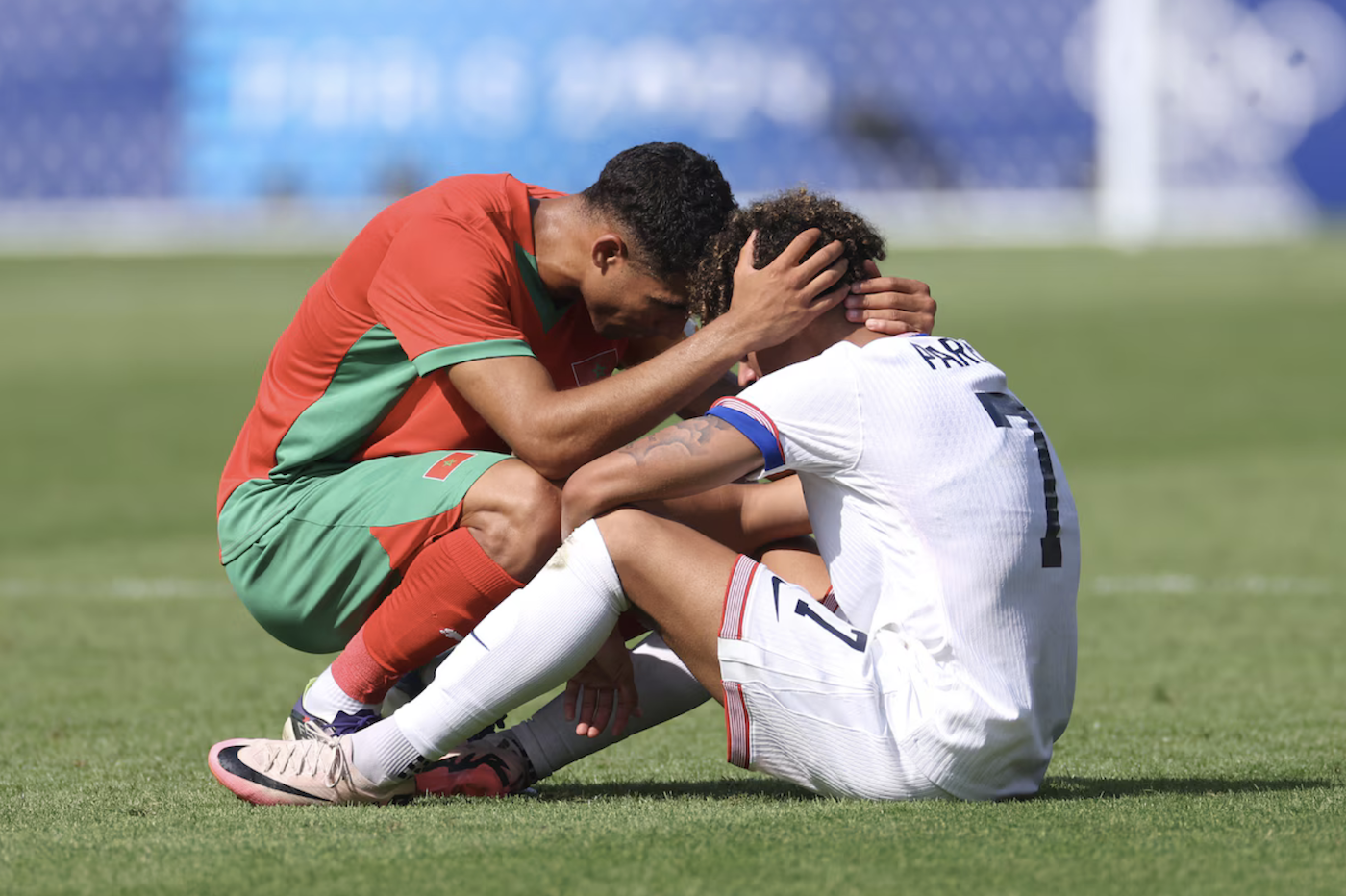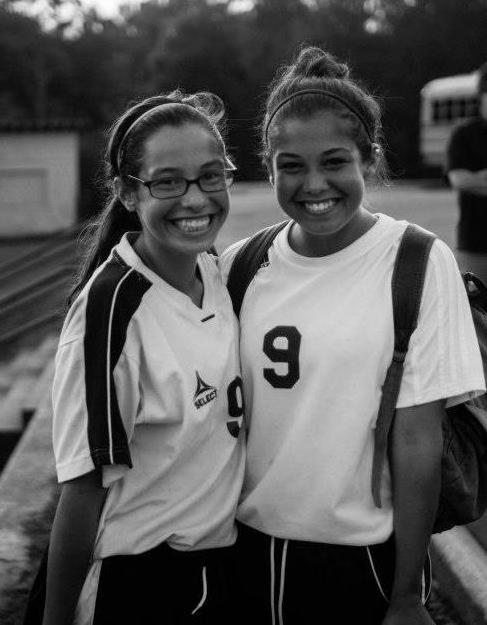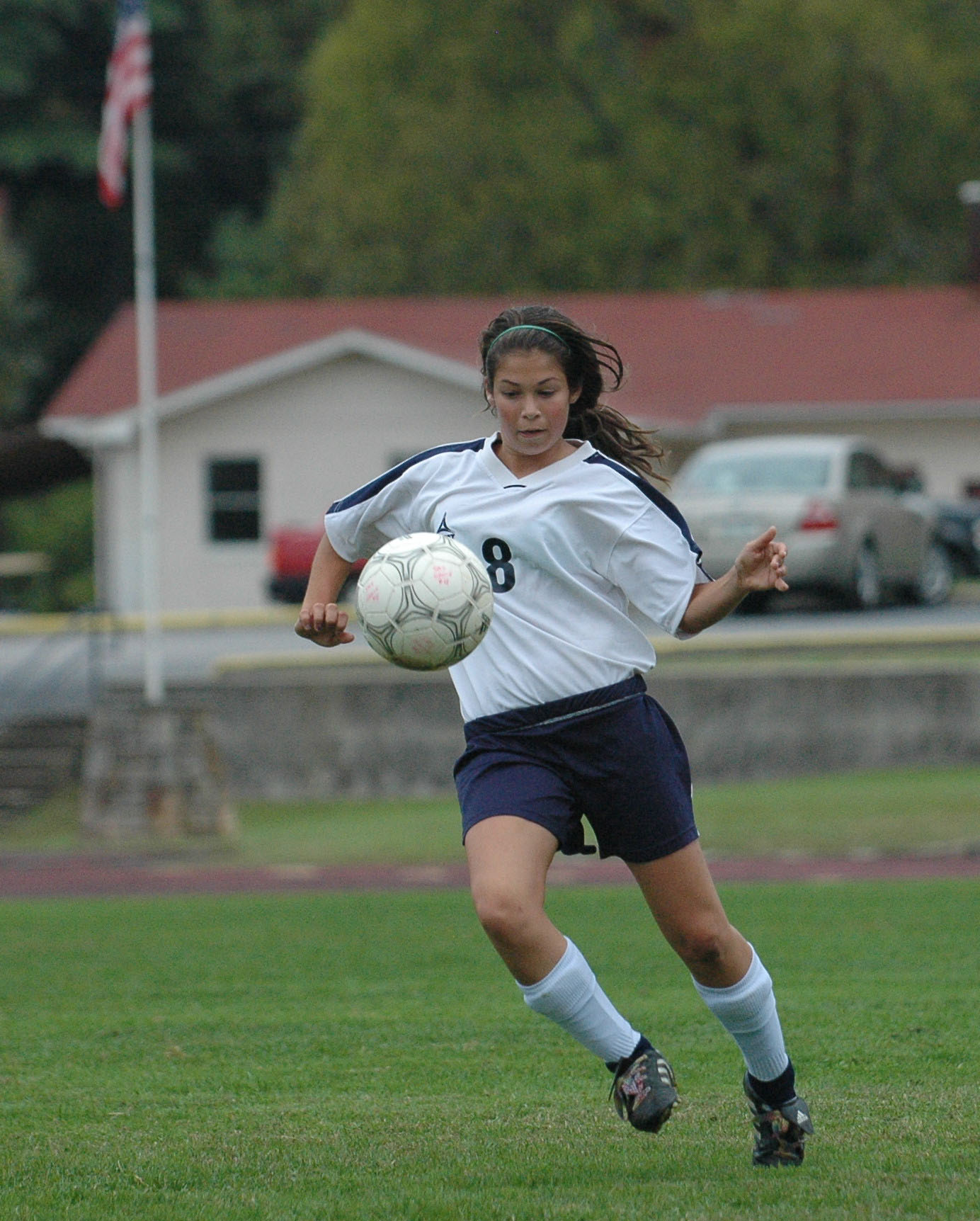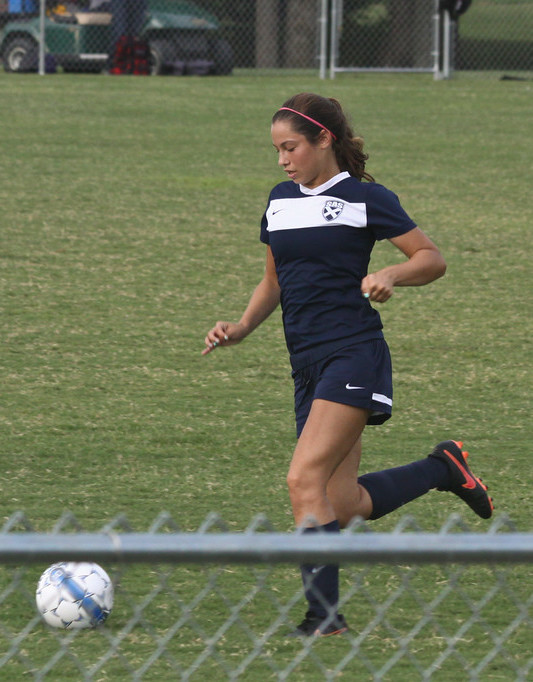There is an image from an Olympic event I watched that has been captured in a photo. It is beautiful and it gives me hope on so many levels. The men’s Moroccan soccer team had just pounded team U.S.A. 4-0. It was a humiliating and comprehensive loss for the American team, which had surprised many by making it out of group play and into the second stage of the Olympic soccer tournament. For a moment, it seemed that U.S. men’s soccer had finally exceeded expectations and come together in exciting and promising ways. Then reality hit.

But in the wake of the match, as American forward Kevin Paredes sat on the grass, despondent and exhausted, a Moroccan player, Achraf Hakimi, came over, squatted in front of him, and put his forehead on Paredes’s forehead to speak quietly to him and offer a few words. Consolation, praise, understanding? It really doesn’t matter what he said. What matters is that he said it, in the manner captured in that remarkable photo.
I am not naïve. Athletics can’t bridge all of the world’s geopolitical chasms. A singular act of sportsmanship, no matter how moving, can’t overcome stubbornly persistent cultural divisions. I don’t look this photo, or recall the moment when I saw this on the broadcast, and think, “That player is so kind; world peace is here!”
But we live in a world that is mired in dark times. War, prejudice, government sanctioned acts of wanton cruelty, authoritarian threats to democracy and republican government all across the globe, including here at home. Everywhere we look, we see what appears to be a breakdown in basic human kindness and compassion. And I’m simply saying that this image offers a counterpoint to the steady drumbeat of bad news and mind-numbing inhumanity. Here are two men, opponents on the pitch, products of vastly different cultures, who, in the captured moment, are nothing more or less than comrades and human beings bound by empathy and love of the game they play. It’s simple and understated. It’s miraculous and worthy of celebration.
I noticed other similar moments during this year’s games. Swimmers from different countries crossing lane markers after a tight race to congratulate one another. Simone Biles and Jordan Chiles (when she still had her bronze) honoring floor exercise gold medalist Rebeca Andrade of Brazil during the medals ceremony. Competitors in the X sports events marveling at the accomplishments of their rivals. One of the original purposes of the modern Olympics, which began in 1896, was to foster understanding among nations through friendly competition. And while it’s easy to laugh off such idealistic intentions, this is one of the reasons I love watching the games every two years (now that the Winter and Summer Olympics are staggered).
I should take a moment to acknowledge that the Olympics can also bring out the worst in humanity — Adolphe Hitler’s failed attempt to use the 1936 games as a display of Aryan superiority; the massacre of Israeli athletes at the 1972 Olympics in Munich; the 1996 Atlanta Olympics bombing by a right-wing domestic terrorist; the shameful, transphobic, and unsubstantiated attacks during this year’s games on Algerian boxer Imane Khelif. More often than not, when geopolitics intrudes upon the games, they do so with terrible results.
But moments of that sort are the exceptions, not the rule. Acts like those of Morocco’s soccer star truly are the norm.
The games are over now. Other sporting events will take center stage, with varying amounts of sportsmanship on display. The world’s problems will continue. Perhaps more countries, including ours, will reject authoritarianism as France did earlier this summer. But war and violence and oppression will continue.
And I will remember that image. I’ll cling to the memory as a talisman. Because there is kindness and understanding in the world, even in places where we might not think to look for it.
Have a great week.










 My mind has been on Title IX again over the past month, as Nancy and I (and our daughters, while we were all together in Colorado) watched the Women’s World Cup. Soccer has long been a very big deal in our household. Our daughters grew up playing, first in weekend league soccer and then through middle school and high school. Both of them were accomplished players. Both of them continue to love the sport. And so we all look forward to the World Cup — men’s and women’s — the way we look forward to holidays and birthdays.
My mind has been on Title IX again over the past month, as Nancy and I (and our daughters, while we were all together in Colorado) watched the Women’s World Cup. Soccer has long been a very big deal in our household. Our daughters grew up playing, first in weekend league soccer and then through middle school and high school. Both of them were accomplished players. Both of them continue to love the sport. And so we all look forward to the World Cup — men’s and women’s — the way we look forward to holidays and birthdays. World Cup soccer — men’s and women’s — begins with what is called group play. The field of thirty-two is divided into eight groups of four. Each group plays among themselves, three matches for each team, and they get three points for a win, one point for a draw, and none for a loss. The two teams with the best record from each group advance to the knockout stage, so called because there are no ties, and the loser of each match is knocked out of the competition.
World Cup soccer — men’s and women’s — begins with what is called group play. The field of thirty-two is divided into eight groups of four. Each group plays among themselves, three matches for each team, and they get three points for a win, one point for a draw, and none for a loss. The two teams with the best record from each group advance to the knockout stage, so called because there are no ties, and the loser of each match is knocked out of the competition. Despite American disappointment, these developments actually constitute incredibly good news for women’s soccer around the world. Title IX paved the way for the U.S. women to become a dominant team, and in many European nations, where traditional football is THE sport, women’s teams have access to facilities and funding. But in other places this is simply not the case. The Jamaican woman faced so many financial hardships in their preparation for this year’s Cup that they literally had to rely on crowdfunding in order to participate.
Despite American disappointment, these developments actually constitute incredibly good news for women’s soccer around the world. Title IX paved the way for the U.S. women to become a dominant team, and in many European nations, where traditional football is THE sport, women’s teams have access to facilities and funding. But in other places this is simply not the case. The Jamaican woman faced so many financial hardships in their preparation for this year’s Cup that they literally had to rely on crowdfunding in order to participate. Favorite of My Books: The most recent one I’ve written, almost always. Which is a copout, I know. Invasives, the second Radiants book, comes out in February, so it is the most recent I’ve written, and it is my current favorite. But in another way, my favorite is probably The Outlanders, the second book in my LonTobyn Chronicle, and my second novel overall. Why? Simple. When I began my career, I knew I had one book in me, but I didn’t know if I could write for a living. Upon finishing The Outlanders, I realized it was better than my first book, Children of Amarid, a book of which I was quite proud. It was much better, in fact. And I understood then that I was not just a guy who wrote a book. I was an author. I could make a career of this.
Favorite of My Books: The most recent one I’ve written, almost always. Which is a copout, I know. Invasives, the second Radiants book, comes out in February, so it is the most recent I’ve written, and it is my current favorite. But in another way, my favorite is probably The Outlanders, the second book in my LonTobyn Chronicle, and my second novel overall. Why? Simple. When I began my career, I knew I had one book in me, but I didn’t know if I could write for a living. Upon finishing The Outlanders, I realized it was better than my first book, Children of Amarid, a book of which I was quite proud. It was much better, in fact. And I understood then that I was not just a guy who wrote a book. I was an author. I could make a career of this.